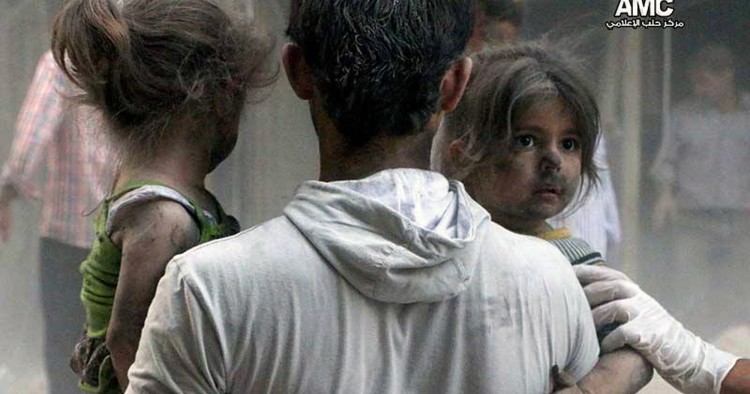This article was first published on Foreign Policy.
As the Obama administration searches for a Syria policy, some officials have become intrigued by an old idea that the United Nations now hopes could help tens of thousands of civilians and perhaps even break Syria’s political logjam.
In June, one of the world’s most capable diplomats, Staffan de Mistura, bravely accepted the difficult job of U.N. special envoy for Syria. Recently, he has been proposing to the warring sides in the civil war a “freeze” of hostilities in Aleppo. What used to be Syria’s commercial hub is now divided between regime and opposition control and more resembles Stalingrad in 1942 than the bustling economic powerhouse with an internationally renowned medieval city that it used to be. The Free Syrian Army (FSA) and the regime are battling for control of the city, while 25 miles to the east hover Islamic State forces, so far held back only by desperate FSA fighters. De Mistura now awaits final answers to his freeze proposal from the regime and the rebels. He hopes the looming threat of the Islamic State will convince the moderate opposition and the regime to set aside their conflict. Moreover, a freeze would achieve the entirely laudable goal of facilitating much-needed humanitarian assistance into the shattered city.
The Assad regime that rejected national political negotiations at Geneva in January and February has been selling the idea of local cease-fires throughout the past year. The government has already concluded cease-fires in three dozen districts and towns, though they have produced few results in terms of aid deliveries or lasting peace. These “cease-fires” have several common characteristics: They all followed lengthy sieges where manpower-short regime forces, unable to take the districts in full-scale assaults, besieged them instead and compelled the defenders to accept cease-fires in return for food. And in nearly all the instances, the regime subsequently blocked food supplies again, trying to extract more concessions from the opposition. Sporadic fighting has broken out again in most of them.
Only in the Damascus suburb of Barzeh has the cease-fire endured for almost a year. That’s because local opposition fighters control a road the regime needs to access a major military hospital. The opposition fighters there have had adequate strength first to repel repeated regime attacks and finally to compel the regime to heed a negotiated cease-fire deal or lose access to the hospital. And as the war continues, the regime badly needs the hospital.
In Aleppo, de Mistura’s plan won’t have the conditions that make the Barzeh cease-fire work. (De Mistura calls his proposal a “freeze,” rather than a cease-fire.) Ideally, he would have some kind of enforcement mechanism to use when one side violates freeze terms, and unfortunately violations are likely. Forces allied with the Assad regime, especially, have proven that they are prone to violating cease-fires, as a recent report by a neutral Syrian research group shows. A freeze enforcement mechanism could work only if there is agreement among the foreign states aiding the warring sides that there will be penalties on clients that violate the freeze terms. Four Russian vetoes defending Syria on the U.N. Security Council over the past three years show how hard that agreement will be.
Continue reading on Foreign Policy.
The Middle East Institute (MEI) is an independent, non-partisan, non-for-profit, educational organization. It does not engage in advocacy and its scholars’ opinions are their own. MEI welcomes financial donations, but retains sole editorial control over its work and its publications reflect only the authors’ views. For a listing of MEI donors, please click here.













